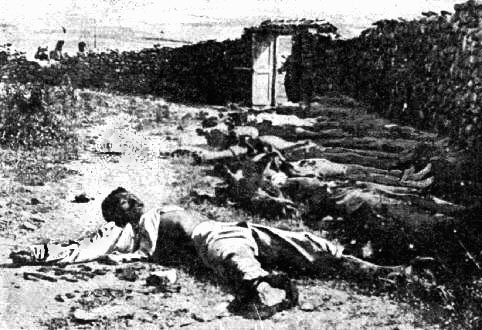by Alexandra Ma07/17/2015
Every night, some 1,000 refugees arrive at the Greek island of Lesbos, many cramped on rubber dingys carrying 35 to 45 people each. More than half of them fled Syria, others left violence-torn Afghanistan and Iraq.
After making it safely onto Lesbos’ shores, for many refugees, a harsh reality check awaits. The number of migrants arriving on the Greek island in hopes of finding safety and a better life in the European Union has risen dramatically in the past year, but the island lacks the resources to accommodate them properly.

- A migrant family rests in the Kara Tepe transit camp in Lesbos, Greece.
New migrants usually arrive on the island’s northern shore and need to make their way 40 miles south to the transit camps, where they stay up to ten days before moving to a detention center to be registered. Some of the transit camps, however, lack adequate water or sanitation facilities as well as organized garbage collection, Kirk Day of the International Rescue Committee told The Huffington Post in an email. He added that the sites’ residents are exposed to communicable diseases and injury infections. Some migrants arrive with diarrhea, deep cuts or open wounds that are left untreated in the camps. Those in need of medicines for heart problems and diabetes often have to wait for supplies.
Faced with a crippling economic crisis, Greece’s government in Athens has been unable to provide the migrants on the island with the necessary assistance and the United Nations has urged other countries of the European Union to step in. In the meantime, it is often left to local residents, activists and aid organizations to fill the gap.



